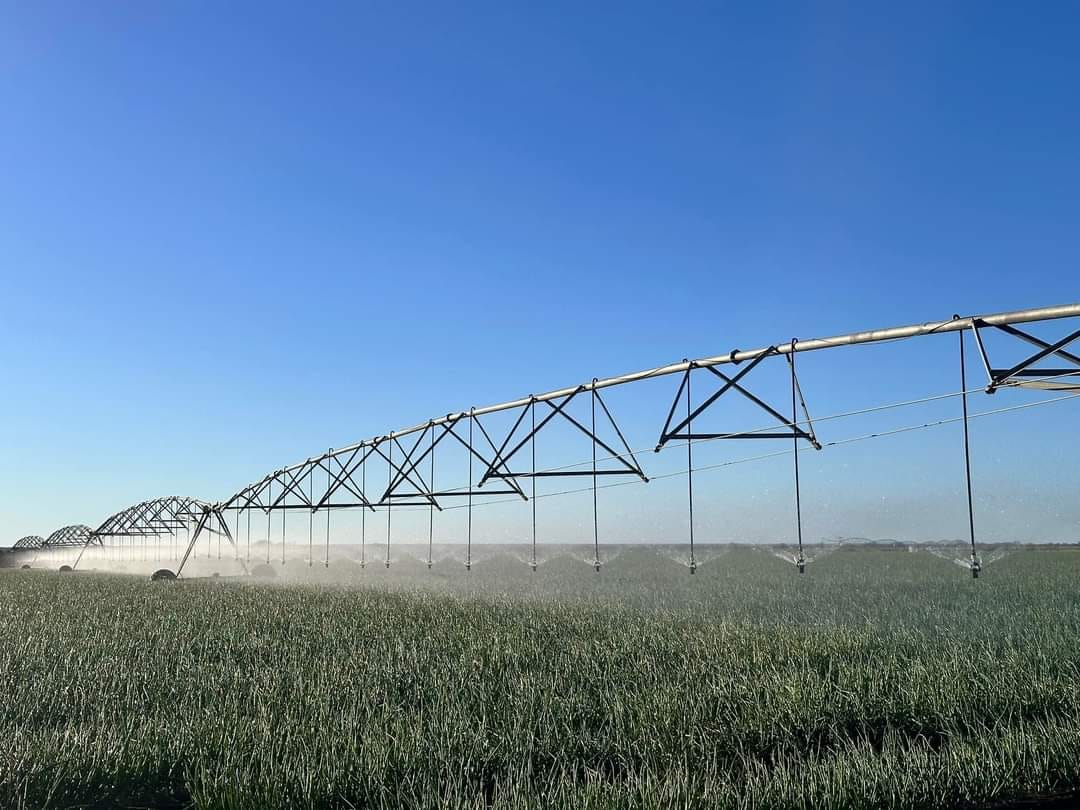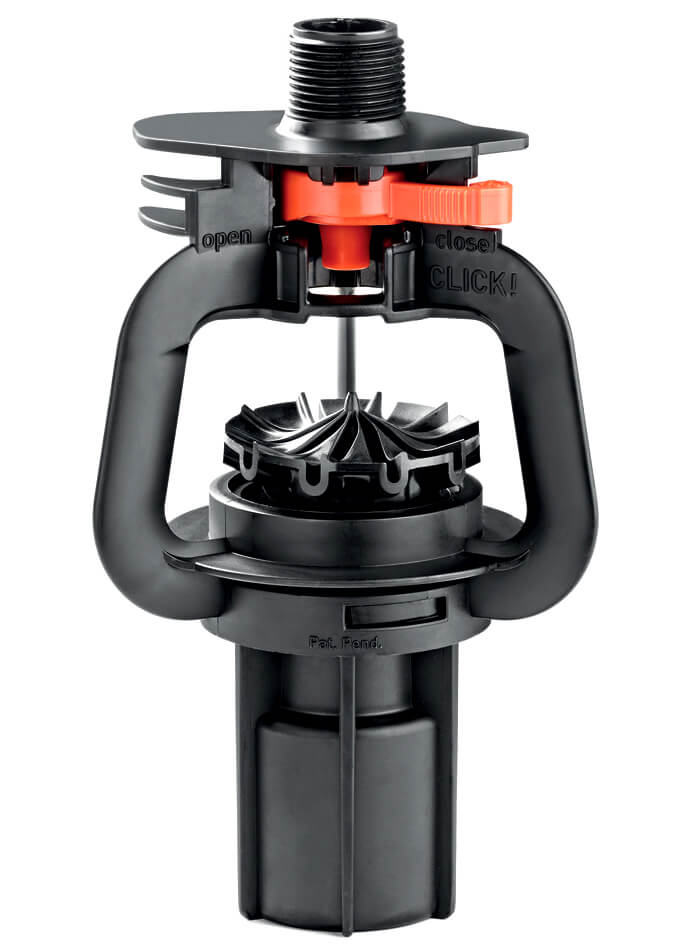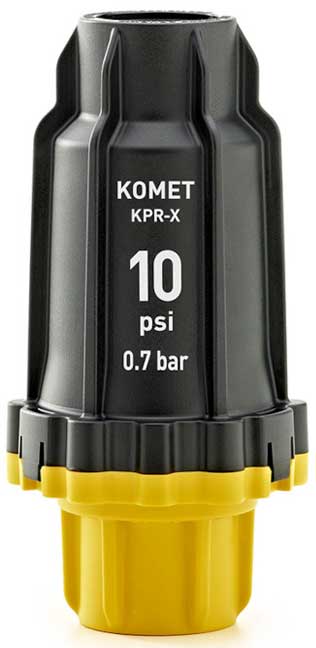If food crops were eligible for an Oscar, the onion should win Best Supporting Role: many of our favorite dishes would sorely lack in flavor without this seemingly simple vegetable. As well as being a staple ingredient in cuisines around the world, onions also have a long history as a medicinal remedy. In fact, they are considered a ‘superfood’ in their own right, thanks to their antioxidant and anti-inflammatory properties.
Origins. It is presumed that wild onions were already part of our prehistoric diet. The domesticated allium cepa, meanwhile, can be traced back to Asia as early as 5000 BC. After being brought to Europe by the Greeks and Romans, the bulbous vegetable made its way to the US with the Mayflower pilgrims. Today, onion crops account for more than 125,000 acres of American farmland, with around 6.75 billion pounds of onions produced each year.

Cultivation. Onions can be grown from seeds or sets. In either scenario, loamy soil is ideal for onion crops, as it provides the necessary balance between a stable structure, good water retention, as well as sufficient drainage and aeration. To avoid soil depletion, onions should always be rotated with crops that have different root depths, growing habits and nutrient requirements – ideally on a yearly or two-yearly basis.
Irrigation. While some onion farmers rely on drip irrigation, large-scale growers often opt for pivot systems. In terms of water usage, there is no notable difference between the two – but in the long run, pivot irrigation tends to be less labor-intensive and more cost-effective overall. This may sound surprising, given that (depending on the region), the initial outlay for a pivot system can be around one-third more per hectare compared to a drip-line set-up. In the vast majority of cases, however, the drip lines are removed from the field before the harvest, stored away, and then re-installed for the next growing season. This greatly increases the risk of equipment damage – often leading to broken drip lines that have to be continuously replaced. As well as requiring added labor, this eventually raises the total cost of drip line systems beyond that of a pivot – typically as early as two to three years after the initial installation.

Because onion seeds are sown at a depth of just 1 to 2 centimeters (0.4 – 0.8 inch), it is important to work with finer droplets in order to avoid seed displacement. This is where the versatile Komet Precision Twister KPT once again proves its merit: at slightly higher pressures, it will deliver gentle droplets without compromising uniformity and efficiency. Even after the shallow root system has developed, irrigation remains a delicate business: on the one hand, onions need consistent moisture, especially during the bulbing stage; at the same time, they are very sensitive to compaction, and susceptible to root rot – so getting the irrigation ‘just right’ is of paramount importance. Fortunately, the KPT takes every growth stage in its stride due to the consistently sized and gentle droplets produced.

Harvest. As a rule, onions are ready to harvest when the tops have fallen over and the bulbs are firm to the touch. Like other bulbous crops, such as shallots or garlic, onions are carefully lifted from the soil and then laid out to dry – either in the sun, in a well-ventilated space, or in special curing rooms with controlled temperatures. This is crucial for removing excess moisture – thereby extending the storage life, and enhancing the flavor of this versatile, long-lasting and nutritious crop.
If you’d like to learn how to tailor your sprinkler package to any crop, soil type and terrain, look out for our next Komet Academy online irrigation courses!


